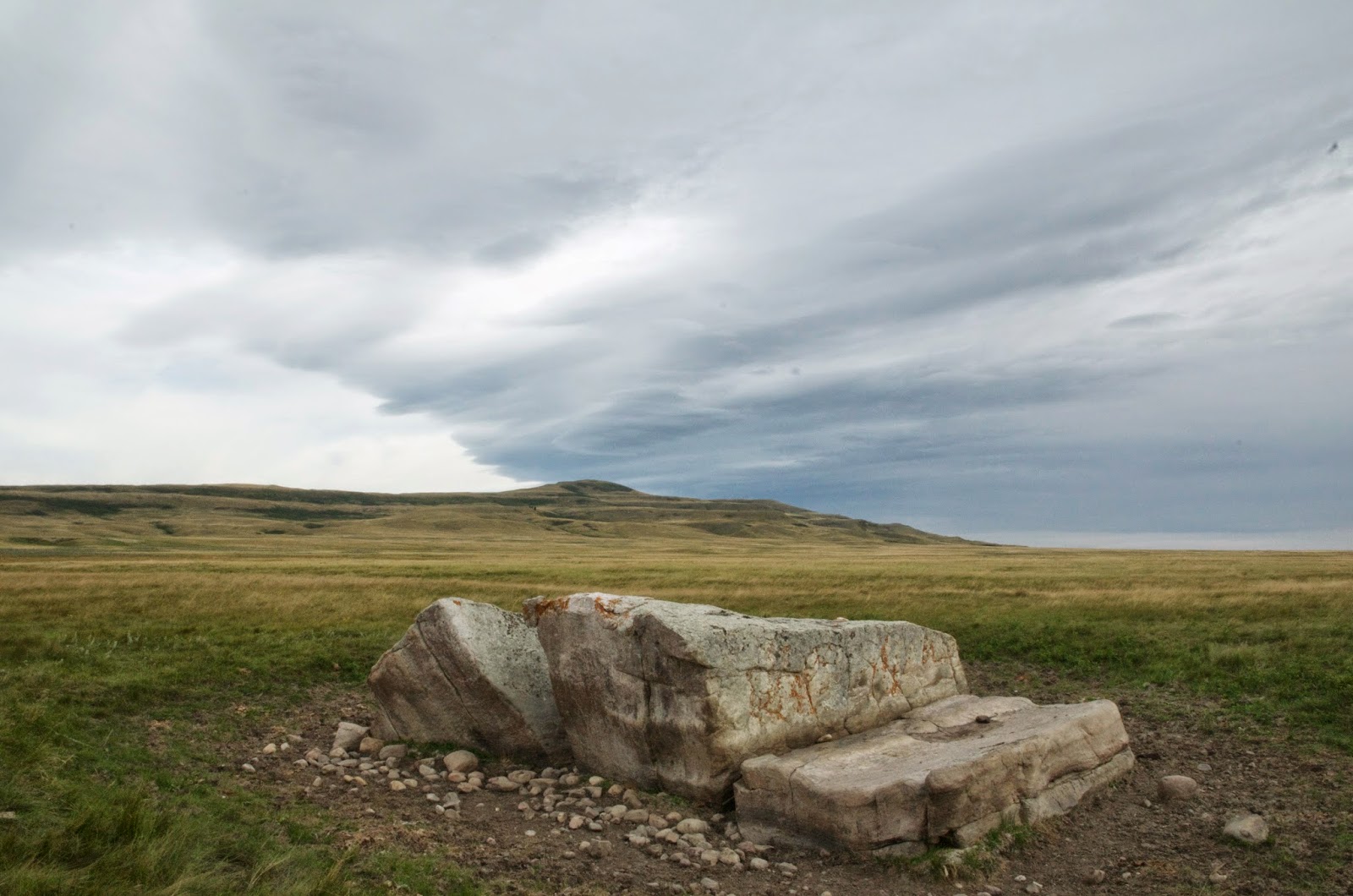I am not as early as I would like to be. I generally like to be walking down the path before daylight to get far enough from the busy highway in hope of seeing wolves or other predators. It is a mile to the first spot that I can turn around to head back and another mile past the grazing moose to where I can turn back. By the time I get back to where the moose is standing, she has her head up watching me, as I am the only vehicle stopping on the busy highway. Instant alarm and moosey self-preservating concern kicks in about 10 seconds after I open my door, camera in hand. Time for a couple quick shots before the cow moves off. Oh well, I did not have the camera quite set well enough for the shot I envisioned. On to the next possible shot.
 |
| Great Horned Owl with Snowshoe Hare |
 |
| Pretty Well Hidden Great Horned Owl |
On this day I came across a very deadly Northern Shrike hunting any small songbirds such as the cute little Black-Capped Chickadees and White-Breasted Nuthatches or the Hairy Woodpeckers that I watch for a few minutes. Nuthatches, now that I think about it, are preying on any insects they can find in the cracks of the aspen tree boles. Same with the two woodpeckers that are digging hidden insects from their hideaway inside the rotting trees. The magpies and ravens that are harassing the owl are also very opportunistic predators, not at all shy about stealing baby birds, eggs or meaty scraps found on kills made by larger predators.
 |
| Too Quick Black-Capped Chickadee |
Here we are, well into the winter season, the first day after the shortest day of the year. Most birds have migrated south and today I have spotted eight species of birds of which only two are prey for predators. Chickadees and snow buntings do not have safe lives just because they are cute to us. They have to be on high alert at all times while they flit from seed to fruit gleaning every possible calorie during the day so they can survive the long cold nights without dying from hypothermia.
On my walk today I came across several moose and noticed quite a few clumps of hair already scraped off their itchy hides. Ticks have begun their annual life cycle by attaching themselves to any moose that wanders past. Ticks are very predatory insects that can infest a moose by the thousands. Moose will literally scratch themselves bald trying to get rid of blood-sucking ticks. Moose can be so infested that they become weak from blood loss, cold due to hair loss and sick enough to die. I have seen moose carcasses that were so sick that even scavengers would not touch them.
 |
| Bull Moose |
I finally was able to get close enough to a bull moose for some decent photos today. They are pretty skittish as two of this fellows bachelor buddies showed me. For some reason this fellow was curious enough about me to allow me into his personal safe zone. Perhaps he noticed how handicapped I appeared walking through waist high shin tangle, knowing that he could easily out distance me if he found it necessary. Moose are big animals standing over five feet at the shoulders and weighing over 700 pounds in this case. This rack, although not large in comparison to very large ones, is respectable for this area of the world. It is more than four feet wide and probably weighs more than forty pounds. In less than a month this bull will lose his antlers and begin growing a new set in time for next years rut.
 |
| White-tailed Buck in the Rut |
A bit further down the trail, I notice a white-tailed buck, neck swollen by testosterone fuelled hormones, with his nose to the ground or high in the air, hot on the trail of a sweet smelling doe. This is the one time of the year that these deer lose their cautionary survival instinct and we can be lucky enough to get close enough for a shot. Normally he would have spotted me and I would never know he was even near, but today he walked right across the trail in front of me with nothing on his mind but a sweetheart. I think I can remember what that was all about.
These moose and the deer will be well reminded to pay attention, and perhaps that was what the other two bull moose were doing by keeping their distance. There are wolves about and they are what I think of when I think of predators. There is no doubt that they are amongst the worlds top hunters of the world but they hunt in packs most often. Most predatory birds are solitary hunters. I have seen Bald Eagles assist their mates to chase down a gull or duck but otherwise they hunt on their own or steal from smaller successful predators.
Some days it pays to stay in bed a bit longer than usual as you never know what is happening when, in the Boreal Forest.
www.wildviewfinders.ca
wildviewfinders@gmail.com



































